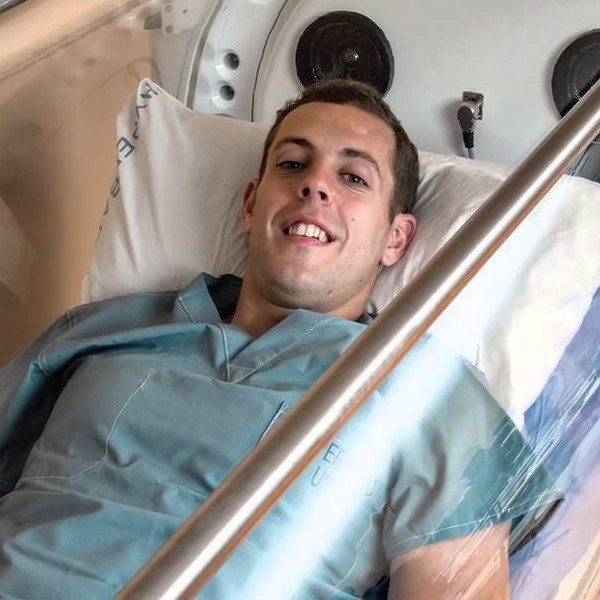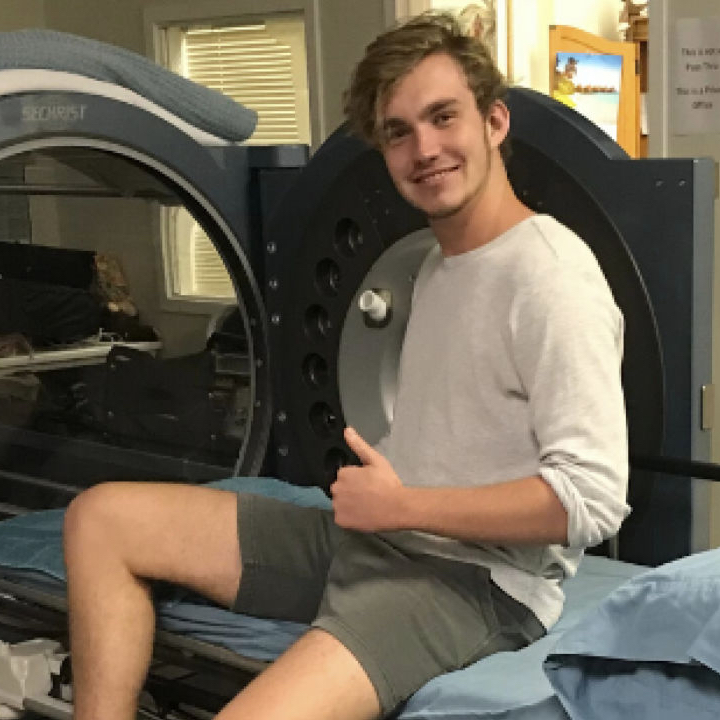Hyperbaric Oxygen Therapy, or HBOT, is the process of using pure oxygen in a pressurized environment to help treat a variety of health conditions and diseases. Your cells need oxygen to preserve, repair, and enhance cellular function. Occasionally increasing the concentration of oxygen in the body can lead to a variety of benefits including increased blood flow, tissue regeneration, stem cell mobilization, decreased inflammation, and more.


While the first document use of an HBOT-like therapy dates all the way back to 1662, the treatment as we know it today has it roots in the late 1800s. It was originally used to treat decompression illness among tunnel workers who spent long hours below sea level. Beginning in the 1930s, the United States Navy began researching its use for similar treatment of their deep-sea divers. By the 1960s, HBOT was also regularly being used to treat carbon monoxide poisoning.
Today, HBOT is being used to treat a wide and increasing range of illnesses and conditions with remarkable success. Currently in the United States, the Food & Drug Administration (FDA) has approved HBOT for 14 conditions, including decompression sickness, radiation tissue damage, diabetic lower extremity wounds, and others. There are numerous studies showing HBOT’s effectiveness in many other areas as well. In fact, many countries around the world have approved HBOT for use across more than 50 conditions.
HOW Foundation exists to advocate for and provide access to hyperbaric oxygen therapy as treatment for traumatic brain injuries, concussions, and post-traumatic stress. While these uses are not yet approved by the FDA, research has shown consistent and overwhelmingly positive results for these uses. Until given the formal nod from the FDA, few insurance companies will cover the cost of this life-altering treatment.


Like any medical treatment, it’s imperative to consult with a physician beforehand to make sure HBOT is right for you. It is important to confirm there are non contraindications, and to establish the most appropriate protocol for your condition(s) and goals. While HBOT is a safe, non-invasive treatment with few risks or side effects, it may not be right for everyone.
The actual process of HBOT treatment is simple: sit back, relax, and breathe. You will enter the hyperbaric chamber and gradually be brought up to the desired atmospheric pressure. During the hour-long session, you will usually have access to movies or music (but not your personal electronic devices for safety reasons) to pass the time. Some patients even use the opportunity to grab a restful nap. No matter how you choose to pass the time, a technician will always be present in order to facilitate a safe and smooth session. When you’ve reached your full time and have safely returned to normal atmosphere, you’re free to go about your day — there’s no “recovery time” required.


Many patients report noticeable improvements early in their HBOT protocol, and some even after a single session. However, it is important to continue with treatments as outlined in your specific program in order to achieve the greatest and longest lasting improvements to your health.

Hyperbaric Oxygen Therapy for Wound Healing

Hyperbaric Oxygen Therapy

Hyperbaric Oxygen Therapy: Get the Facts
